Back to Basics Part 1: High Blood Glucose and Low Blood Glucose
Going back to the basics is never a bad thing. And after nearly 5 years of writing this newsletter, I sometimes feel really challenged to find new topics. Over the last several weeks, I have received a good amount of emails from people with newly diagnosed diabetics, so I thought that this would be a good time to go back and re-visit the basics of diabetes management in pets. Yes, prior articles are archived on our website and a motivated reader can find them. But, like I have mentioned many times before, it is never a bad idea to re-read or re-learn something you were once shown as it could apply to you differently today than it would have prior. So, today I’m going to start a multi-part series on pet diabetes basics! Part 1 of the series will focus on the signs of high blood glucose and low blood glucose.
What Are the Signs of High Blood Glucose?
These are the signs that likely caused you to bring Fluffy to the vet in the first place! A high blood glucose will overwhelm the ability of the kidneys to concentrate urine. If the blood glucose is elevated, the pet produces dilute urine, even if the pet is dehydrated. Dehydration causes the pet to be thirsty, so the pet drinks more to try to catch up on hydration. Additionally, an uncontrolled diabetic will not be able to utilize the energy from the food ingested, so hunger and weight loss result. The most common signs of diabetes are excessive thirst, excessive urination, weight loss and hunger. If a pet deteriorates significantly (if a pet owner doesn’t get the pet into the vet when signs are first noticed) the body may utilize alternate routes of metabolism and form ketones. Ketones are very toxic to a pet. Keto-acidosis is a life threatening state that causes nausea, dehydration and death if not aggressively treated. Pets with keto-acidosis are usually very ill.
What If Glucose Goes Too Low?
Sometimes we don’t get glucose regulation just right. For example, if a pet doesn’t eat after an injection of insulin or if the pet vomits after the insulin is given or if the pet’s insulin requirement decreases, we might have a low blood glucose situation. When the blood glucose is low the pet may appear weak or act drunk. Pets with low blood glucose are usually extremely hungry as well. Low blood glucose can also cause a pet to seem blind. The pet may stumble or have tremors. If the blood glucose gets really low (say 20 to 30 mg/dl), the pet may even seizure. If at anytime your diabetic pet seems weak or unusual, put food in front of your pet and check a blood glucose level ASAP!
When a pet has low blood glucose do NOT give more insulin. This is an important point! Years ago when I was an ER vet I had several cases when pet owners did not understand the role of insulin and gave insulin to a hypoglycemic pet. Those pets then needed to be hospitalized on IV fluids with dextrose added. Hypoglycemia is a potentially life threatening situation. Should you find your pet in a seizure get the pet to the veterinarian as soon as possible! Should you notice that your pet seems weak, check a blood glucose level if you can and offer food right away. Some folks apply Karo syrup onto the gums, but they should not dawdle about getting to the vet where IV dextrose can be administered.
What Is a Normal Blood Glucose Level?
The normal range for blood glucose in dogs and cats depends on several things. If the pet is at home (where white coat syndrome doesn’t play a role) it is usually around a hundred mg/dl, give or take a 30 points or so, for NON-diabetic pets. I think reference labs take stress hyperglycemia into account to when they make their “normal range” for dogs and cats. One of the largest reference laboratories in veterinary medicine in America is Antech Labs. For dogs the reference range for blood glucose at Antech is 70 to 138. For cats the normal reference range for blood glucose at Antech is 64 to 170. My ideal blood glucose level for diabetic dogs and cats is to have most of the numbers to be below 300 and have the low point around 100 mg/dl.
Next week the topic is insulin. Check out Back to Basics for Diabetic Pets | Part 2
Have a question or comment? Post below or email me at [email protected]. I always enjoy hearing from my readers!
NOTE: Consult your veterinarian first to make sure my recommendations fit your pets special health needs.
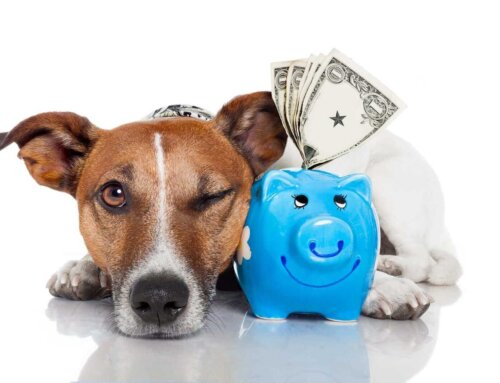
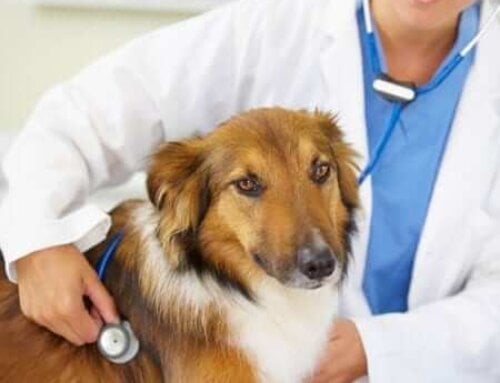


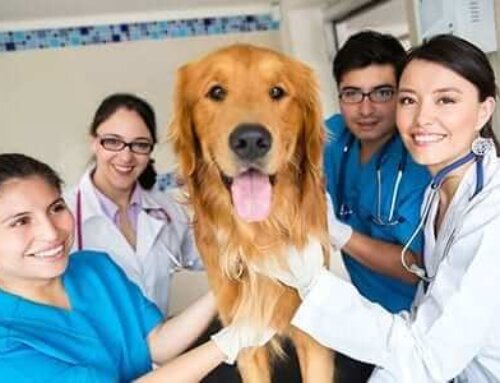
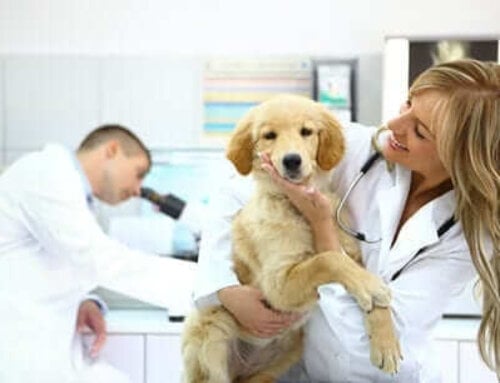
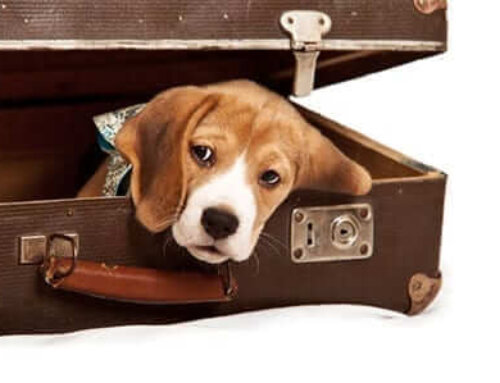


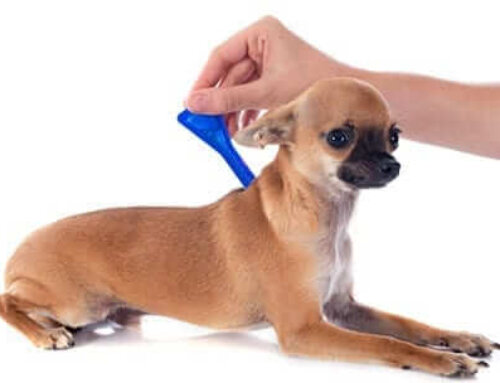
Raw cat food was what saved my cat. No insulin fully controlled his BG with the vet prescribed food. He had neuropathy so severe that he was just laying beside the water bowl and crying. I am a nurse and knew the ingredients on the “diabetic cat food” were way off for a human, much less an obligate carnivore. Switched to raw and in 24 hours his sugar was below 200 consistantly and he has since regained all function but it took a couple of months. That was over 3 years ago. He was even back to hunting a little. Levamir and raw food was the answer. I also check his blood sugar at least every couple of days, sometimes before each meal if a new formula or protein is being introduced.